Italian decorative tile is more than just a home finishing; it’s a statement of style, artistry, and culture. As someone who has spent years exploring different tiles, I can assure you that choosing the right ceramic or terracotta tiles can transform any space into a breathtaking masterpiece. In this guide, we will delve into the various types of Italian decorative tiles, their history, applications, and how to care for them. Let’s embark on this colorful journey!
What Are Italian Decorative Tiles?
Italian decorative tiles are handcrafted tiles that blend traditional craftsmanship with innovative designs. Known for their intricate patterns and vibrant colors, these tiles are primarily made from ceramic, terracotta, or porcelain. They have been a cherished aspect of Italian culture for centuries, often seen in historic architecture, churches, and villas.
The Rich History of Italian Tile Craftsmanship
Tile making in Italy dates back to ancient Roman times, where mosaics adorned floors and walls. Over the centuries, various regions developed unique styles, from the colorful majolica tiles of Deruta to the refined and elegant designs of Vietri sul Mare. Understanding this history not only enriches your appreciation of these tiles but also informs your choices.
Key Periods in Italian Tile History
- Roman Era: Utilized natural stones and mosaics.
- Medieval Period: Introduction of glazed ceramics, especially in religious contexts.
- Renaissance: Flourishing of decorative techniques and patterns.
- Modern Era: Embrace of contemporary designs with traditional techniques.
Types of Italian Decorative Tiles
When it comes to Italian decorative tiles, the options are as vast as the country’s cultural heritage. Below is an overview of the most popular types:
1. Majolica Tiles
Majolica tiles are known for their bright colors and intricate hand-painted designs. They are typically made from earthenware and are popular in traditional Italian homes.
Pros and Cons of Majolica Tiles
| Pros | Cons |
|---|---|
| Vibrant colors | Can be fragile |
| Unique designs | Requires careful maintenance |
2. Terracotta Tiles
Terracotta tiles are made from clay and are known for their rustic look. They are often used in outdoor areas and kitchens.
Pros and Cons of Terracotta Tiles
| Pros | Cons |
|---|---|
| Durable and sturdy | Prone to staining |
| Natural earthy tone | Requires sealing |
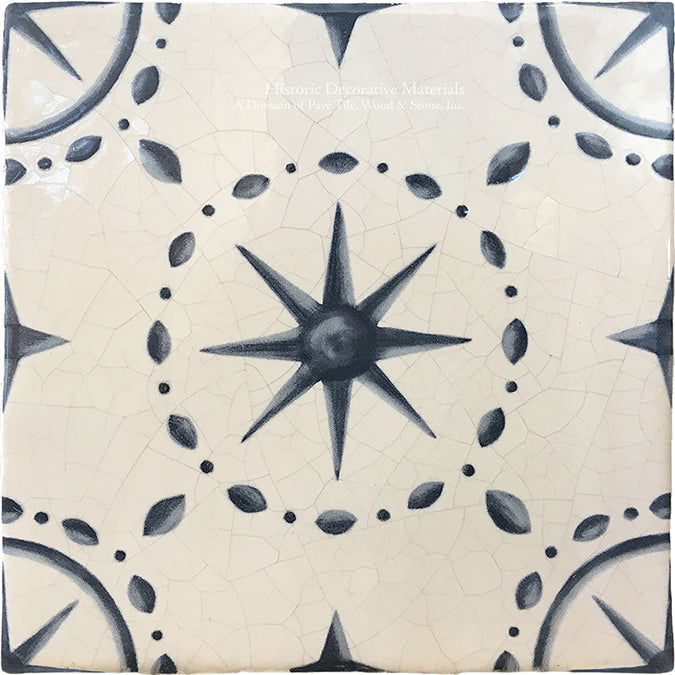
3. Porcelain Tiles
Porcelain tiles are dense and less porous than other ceramic tiles, making them ideal for high-moisture areas.
Pros and Cons of Porcelain Tiles
| Pros | Cons |
|---|---|
| Highly durable | Can be expensive |
| Water-resistant | May require professional installation |
4. Cement Tiles
Cement tiles are often hand-crafted and feature bold geometric patterns that can add a modern touch to any space.
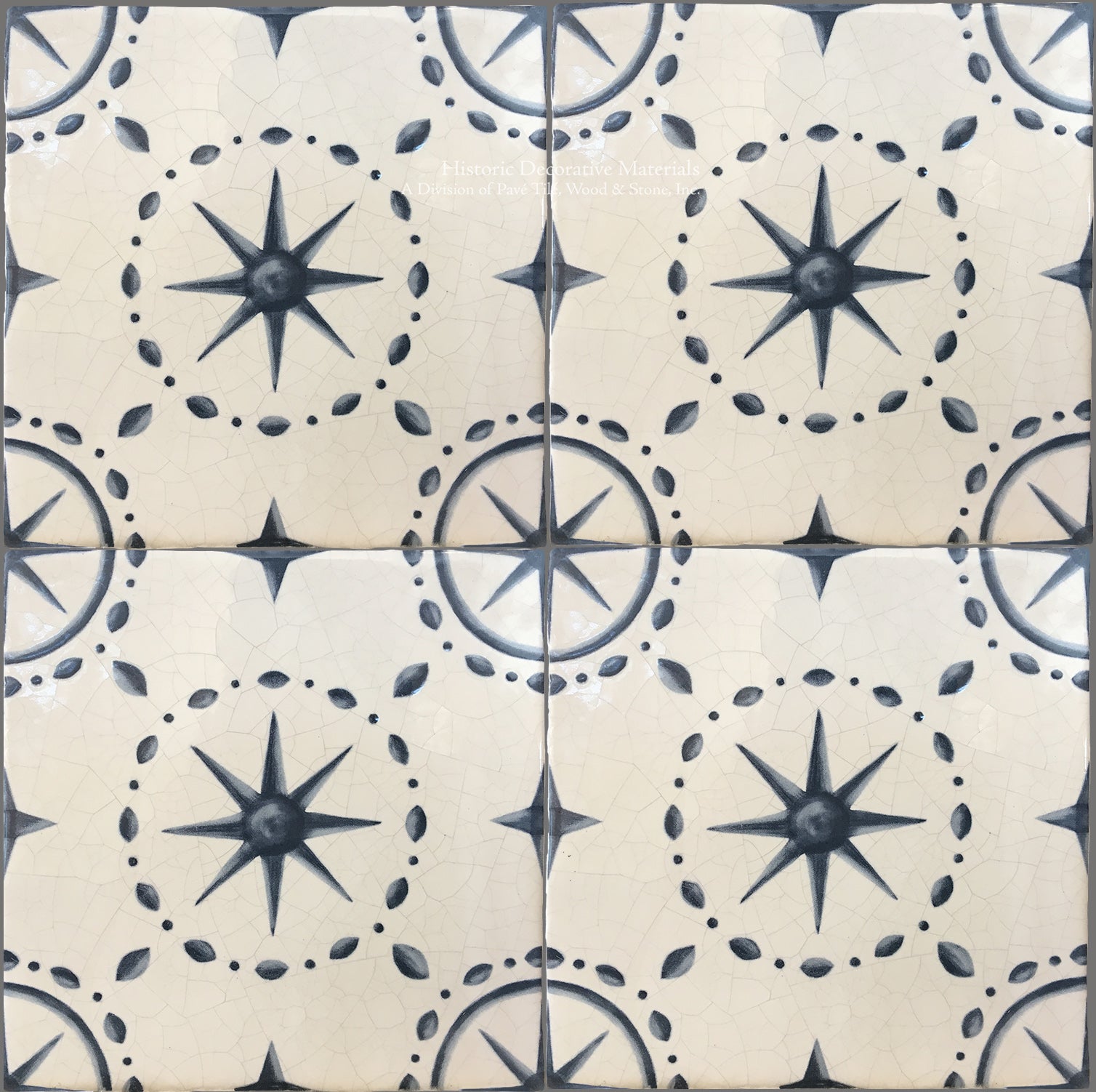
Pros and Cons of Cement Tiles
| Pros | Cons |
|---|---|
| Vibrant and unique designs | Can be heavy |
| Eco-friendly options available | Requires periodic sealing |
Choosing the Right Tile for Your Space
Selecting the perfect tile involves considering both aesthetics and functionality. Here are some factors to keep in mind:
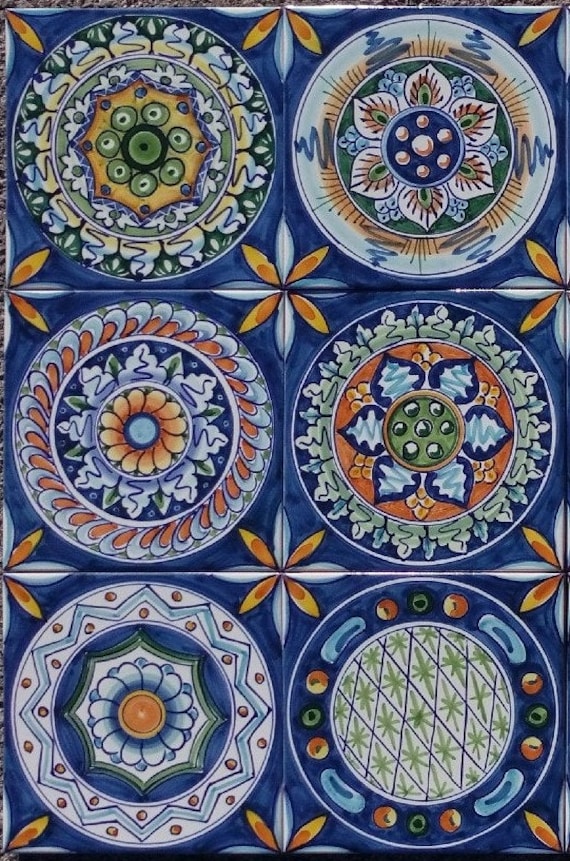
1. Purpose of the Space
Think about where the tile will be installed. For example, high-traffic areas require durable tiles, while decorative accents may prioritize design over wear resistance.
2. Design Style
Italian tiles come in various styles ranging from rustic to modern. Choose tiles that complement your overall decor.
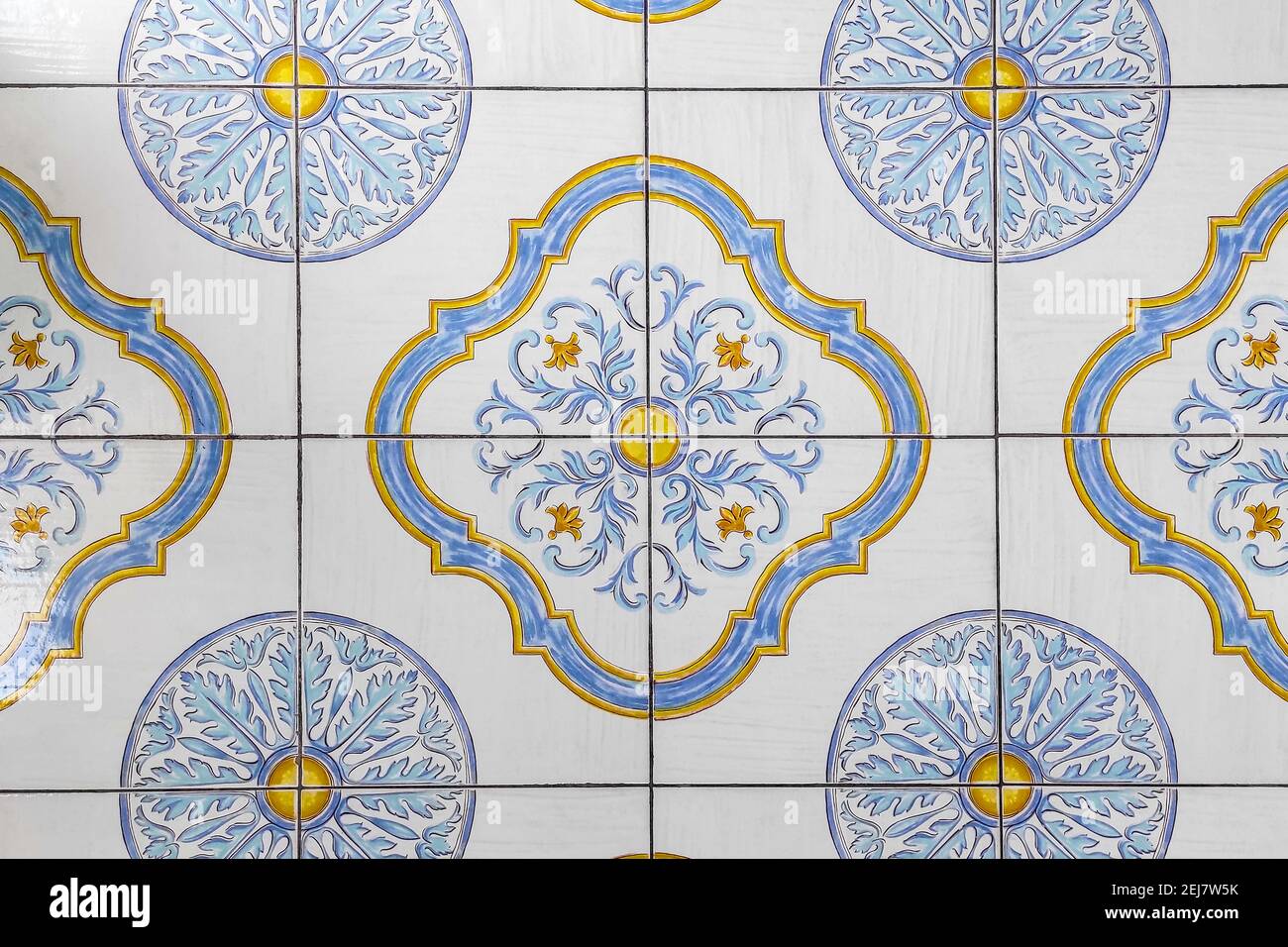
3. Color Palette
Consider the colors in the surrounding environment. Italian tiles offer a wide range of colors, so pick one that aligns with your vision.
Applications of Italian Decorative Tiles
Italian decorative tiles can be used in numerous applications. Here are some popular uses:
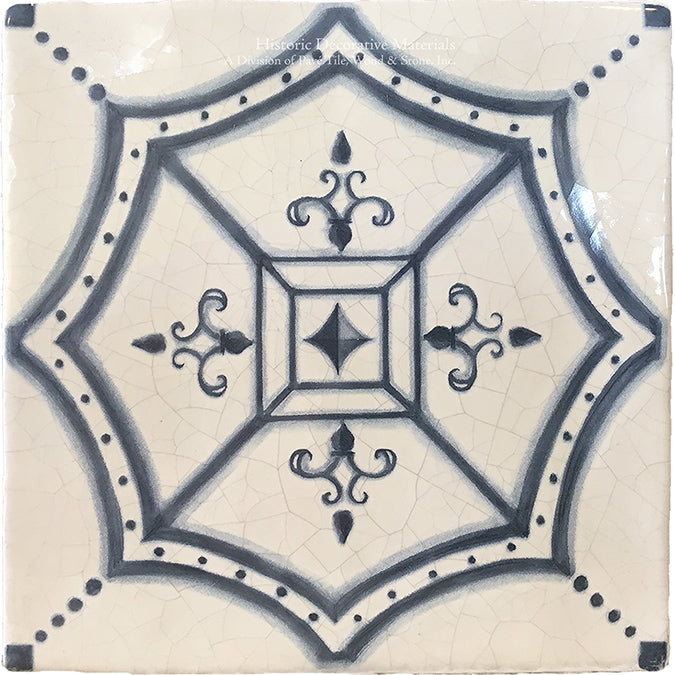
1. Kitchen Backsplashes
An Italian tile backsplash can serve as a colorful focal point in your kitchen, showcasing both artistry and functionality.
2. Bathroom Walls and Floors
Using tiles in bathrooms can add elegance and charm, while also being easy to clean.
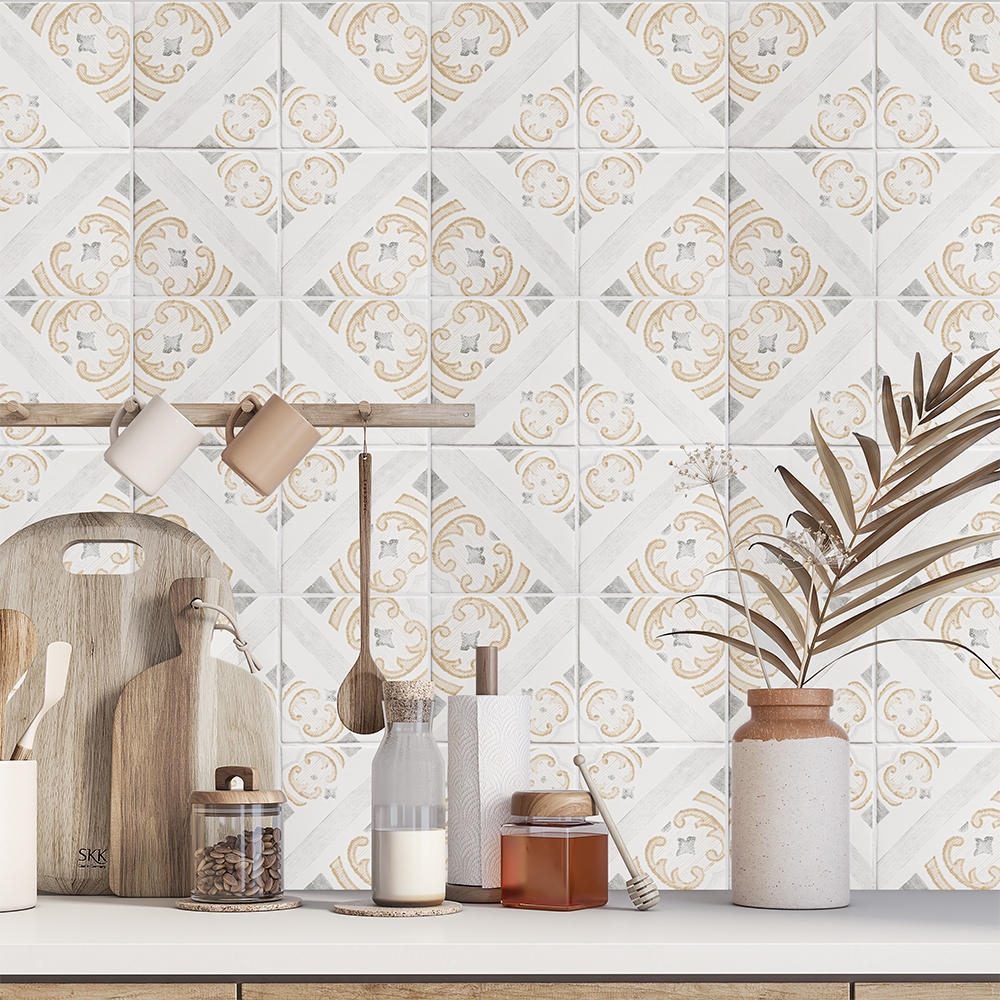
3. Outdoor Spaces
Terracotta and cement tiles are perfect for patios and gardens, adding a rustic touch to your outdoor areas.
How to Care for Italian Decorative Tiles
Proper care and maintenance are vital for preserving the beauty of your Italian tiles. Here are some tips:
1. Regular Cleaning
Use a mild detergent and warm water to clean your tiles regularly. Avoid harsh chemicals that can damage the glaze.
2. Sealing
Terracotta and cement tiles require sealing to prevent staining and moisture absorption. Reapply the sealant periodically based on use.
3. Dealing with Stains
If your tiles become stained, use a specific cleaner designed for that type of tile. Testing a small area first can prevent damage.
Italian Tile Trends in 2023
Staying updated with tile trends can inspire your design choices. Some popular trends for 2023 include:
1. Bold Patterns
From chevrons to florals, bold patterns are making a comeback, allowing for more expressive designs.
2. Vintage Aesthetics
Retro styles are trending, with homeowners opting for tiles that mimic the charm of the past.
3. Sustainability
Eco-friendly tiles made from recycled materials are increasingly popular, reflecting a growing awareness of environmental issues.
Comparing the Cost of Italian Decorative Tiles
The cost of Italian decorative tiles can vary widely based on materials and manufacturing processes. Below is a brief comparison:
| Tile Type | Price Range (per sq. ft.) | Durability |
|---|---|---|
| Majolica | $10 – $30 | Moderate |
| Terracotta | $5 – $15 | High |
| Porcelain | $6 – $20 | Very High |
| Cement | $8 – $25 | Moderate |
FAQs About Italian Decorative Tile
1. Are Italian decorative tiles worth the investment?
Absolutely! The unique designs and durability of these tiles often enhance the value of your home.
2. How can I tell if a tile is authentic Italian?
Look for manufacturer stamps or labels, and consider purchasing from reputable dealers.
3. Can I install Italian tiles myself?
While some homeowners choose to DIY, hiring a professional is recommended for best results, especially with intricate patterns.
4. What is the best adhesive for Italian decorative tiles?
A high-quality thin-set mortar is usually recommended, but specific recommendations may vary based on tile type.
Conclusion
Italian decorative tiles are a colorful and historic addition to any home. By understanding the different types, their applications, and maintenance, you can make informed choices that enhance your space. Whether you’re renovating your kitchen or designing an outdoor patio, these tiles can bring a touch of Italy to your life. Happy tiling!